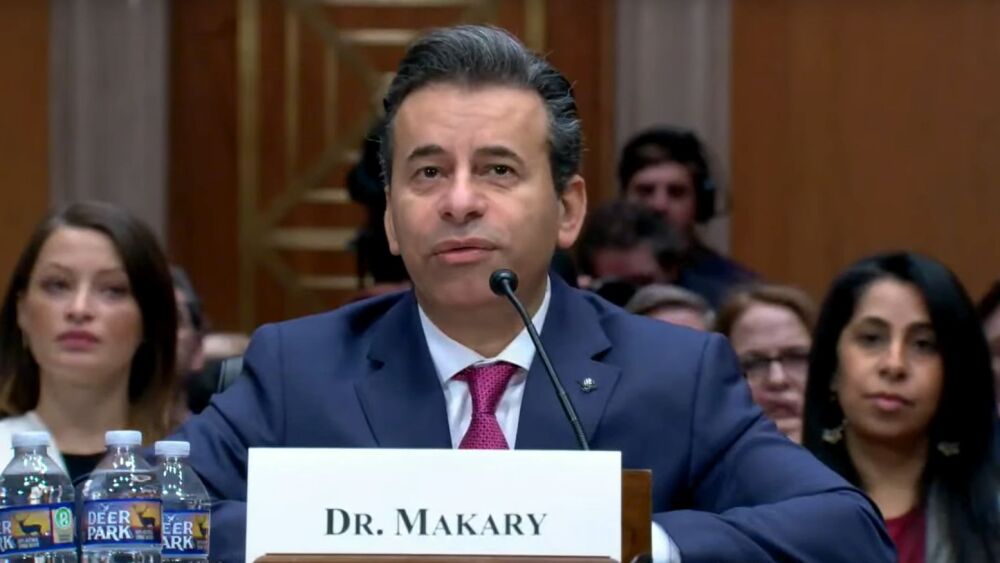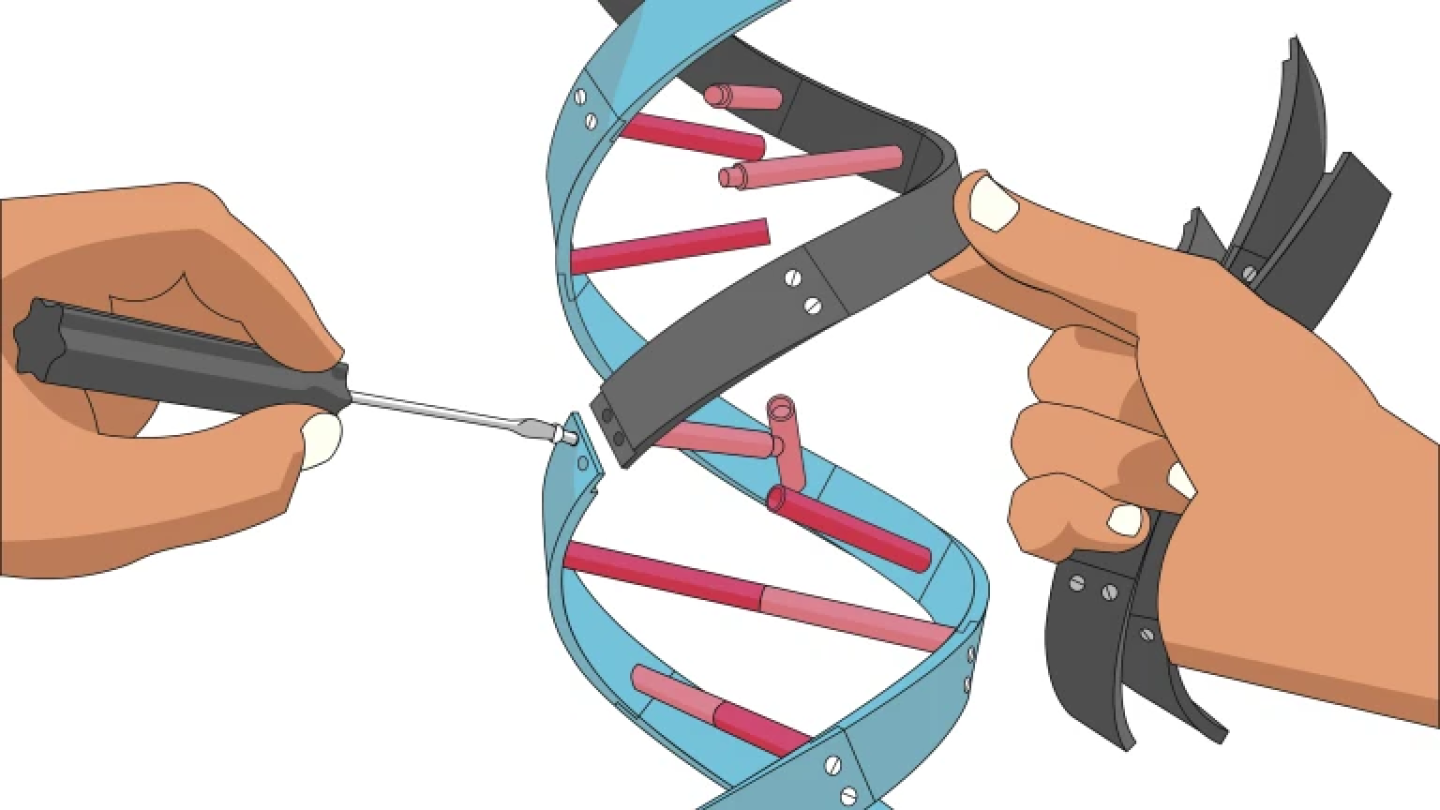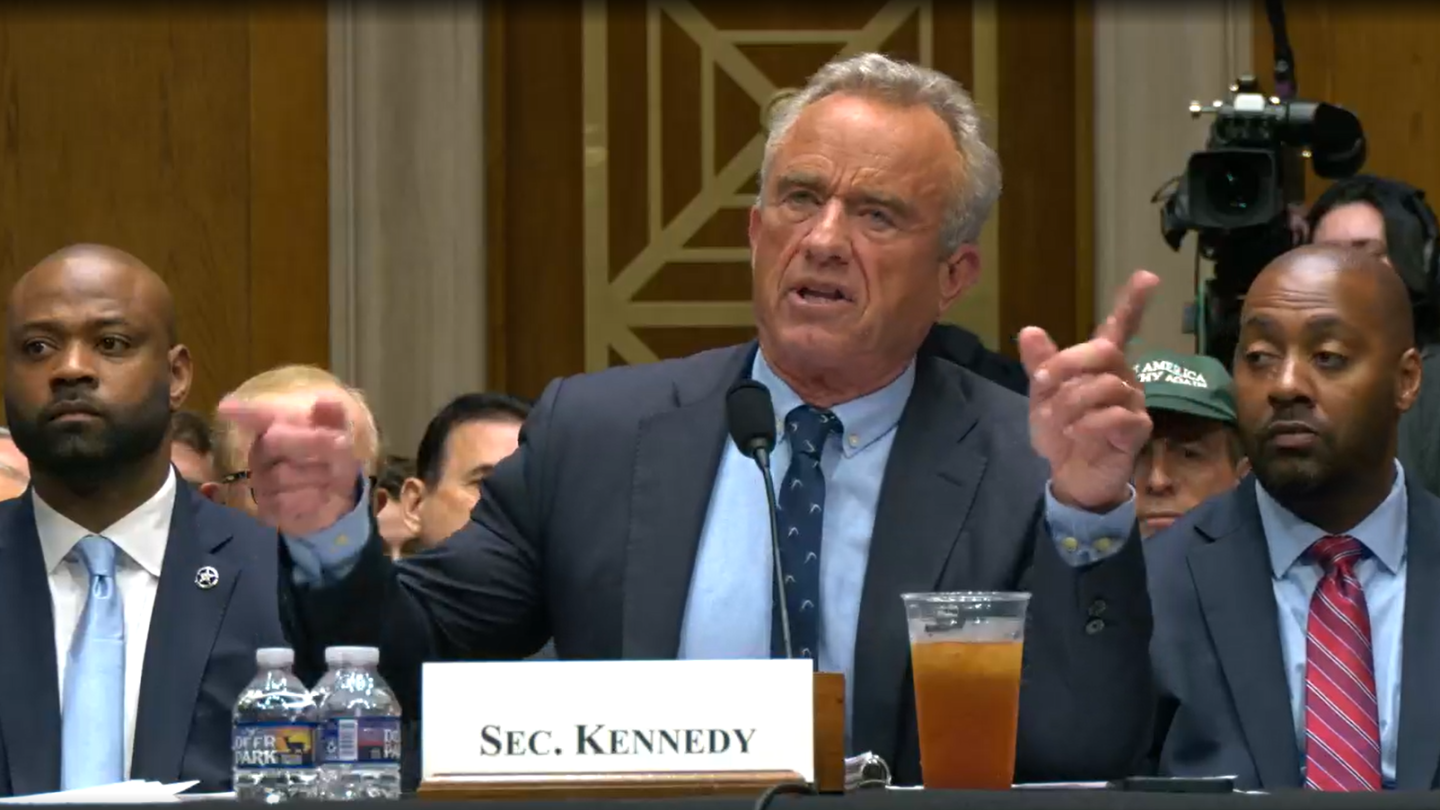News
According to Makary, reducing user fees—which make up just under half of the FDA’s budget—could make it easier for smaller companies, individual investors and academics to participate in the process.
FEATURED STORIES
With the recently announced layoffs of 3,500 FDA staffers and exits of branch directors Patrizia Cavazzoni and Peter Marks, there could be a wealth of talent available to biopharma companies. Does this pose an ethical quandary? It depends on who you ask.
While Novartis and Bayer got there first, AstraZeneca, Bristol Myers Squibb and Eli Lilly are all vying to bring their radiopharmaceutical assets to a market projected to be worth over $13 billion by 2033.
Several companies will head to the FDA seeking approval of new Duchenne muscular dystrophy treatments next year but the death of a patient taking Sarepta’s Elevidys raises important safety questions.
Job Trends
Merck, known as MSD outside of the United States and Canada, will hold its first-quarter 2024 sales and earnings conference call with institutional investors and analysts at 9:00 a.m. ET on Thursday, April 25.
FROM OUR EDITORS
Read our takes on the biggest stories happening in the industry.
The FDA has vowed to fix a pharma ad loophole—but they’re targeting the wrong one.
THE LATEST
The deal is Lilly’s second obesity tie-up in a week, after sinking up to $870 million into an agreement with Camurus to develop long-acting versions of molecules against GLP-1 and other incretins.
HHS Secretary Robert F. Kennedy Jr. made waves this week, firing the remaining members of the CDC’s Advisory Committee on Immunization Practices; Metsera’s amylin drug produced weight loss of 8.4% at 36 days; and FDA leaders gathered last week to discuss the future of cell and gene therapy, a sector that has been in turmoil since the ousting of CBER Chief Peter Marks.
Some companies’ preferences for people who already have industry experience and the tough job market are among the hurdles those just starting out in biopharma must navigate, two recruitment experts told BioSpace.
Despite substantial investments in groundbreaking treatments, companies struggle to communicate value early and to the right audience. Here’s how they can do better.
Looking at licensing deals struck in the past 10 years, Jefferies found that many Big Pharmas do not ultimately follow through with M&A after earning a right of first negotiation. Sanofi, on the other hand, almost always does, as it did with Vigil recently.
Gene therapies have ridden investor mania to huge valuations but commercialization challenges have pushed market caps to the floor. At a roundtable last week, FDA leaders promised faster approvals and broad support to the industry.
BioSpace did a deep dive into executive pay, examining the highest compensation packages, pay ratios and golden parachutes—what a CEO would get paid to leave.
Gilead underscored its faith in the combo therapy and pledged to work with regulators to resolve the hold, which has paused five clinical trials. Gilead also stressed that the hold does not impact any other assets in its HIV pipeline.
Robert F. Kennedy Jr.’s removal of all remaining members of the CDC’s Advisory Committee on Immunization Practices raises questions about the upcoming meeting later this month. Analysts fear the committee could be more sympathetic to the HHS Secretary’s anti-vax viewpoints.
As of March 31, Recursion Pharmaceuticals had a cash position of $509 million. Following Tuesday’s layoffs, the biotech expects its runway to last into the fourth quarter of 2027.

















